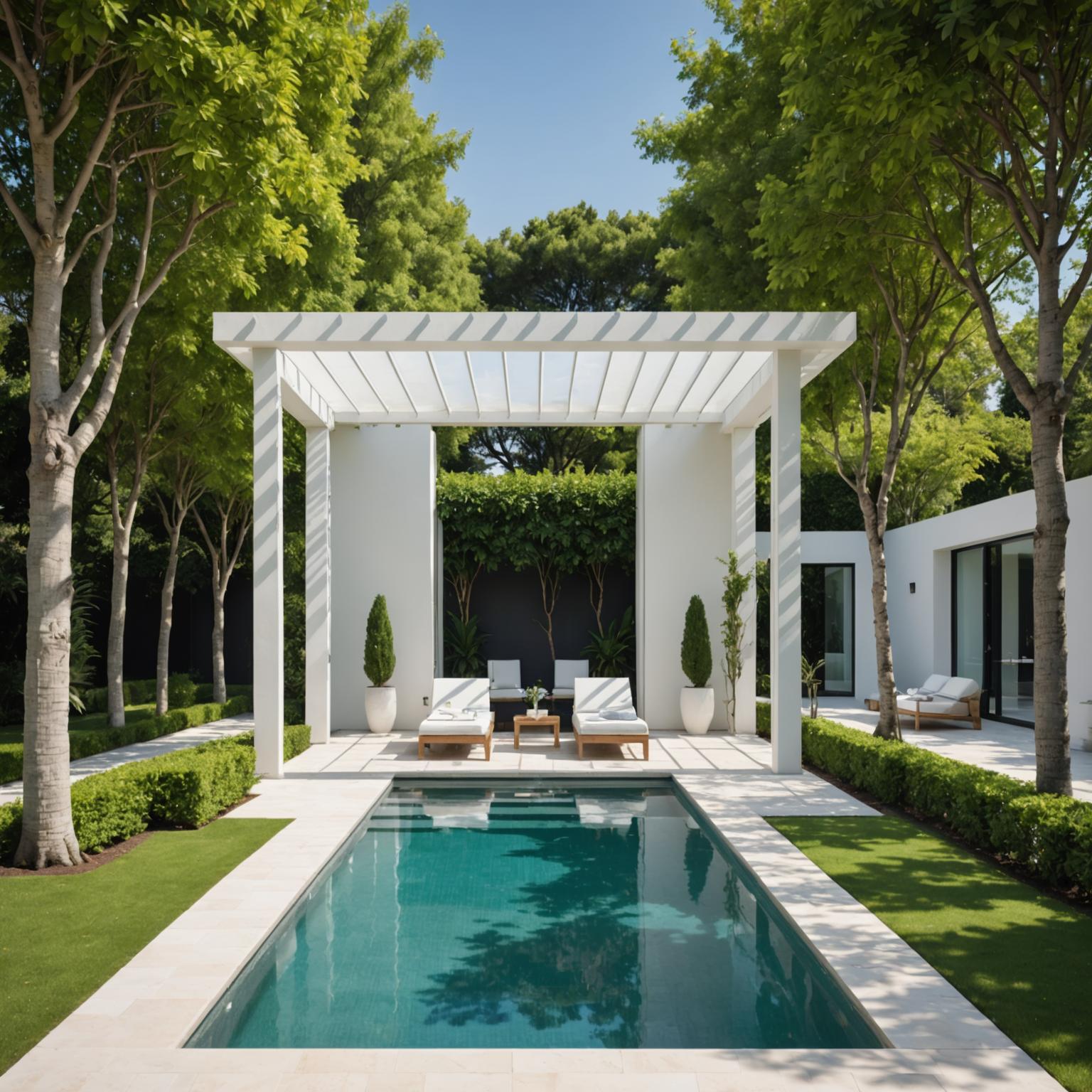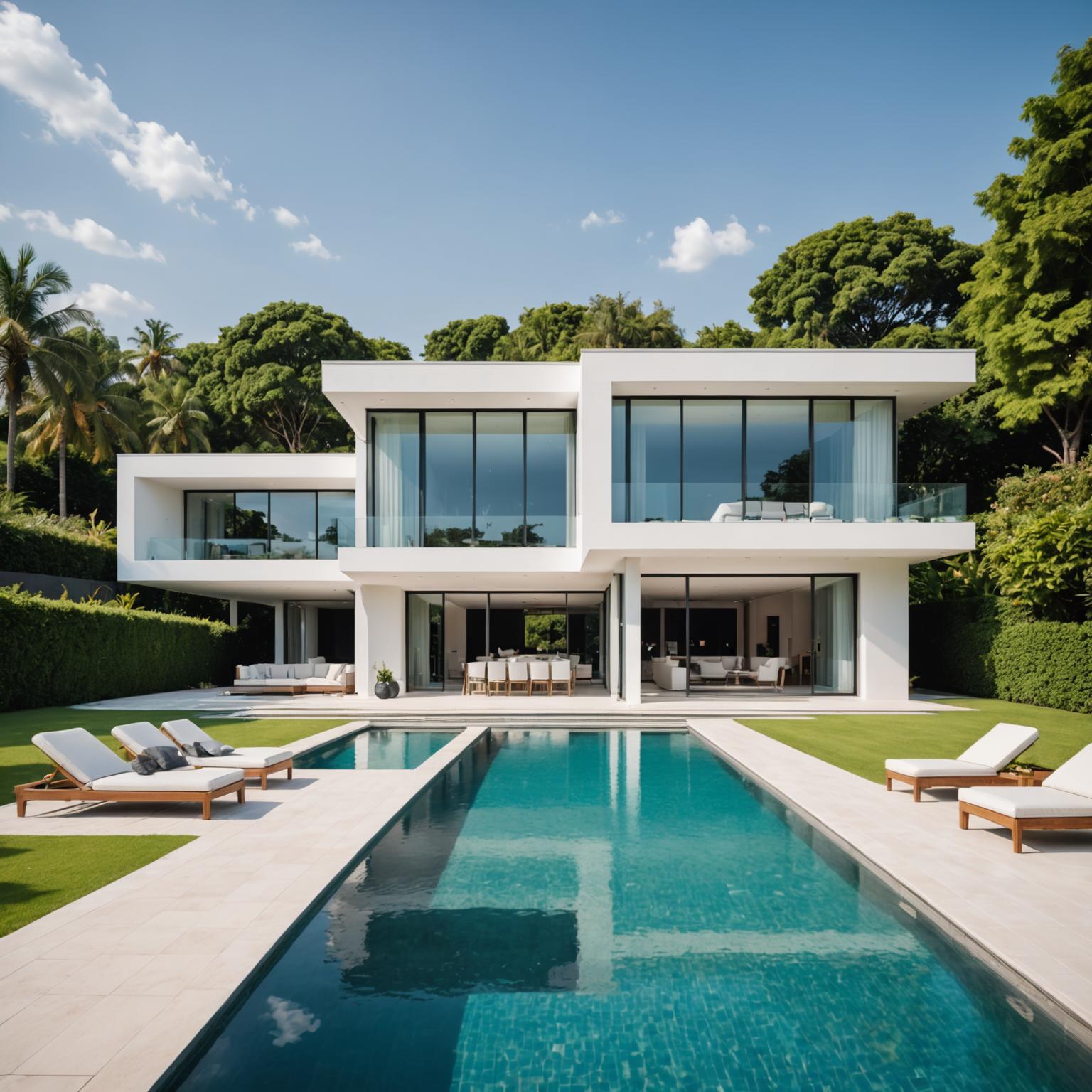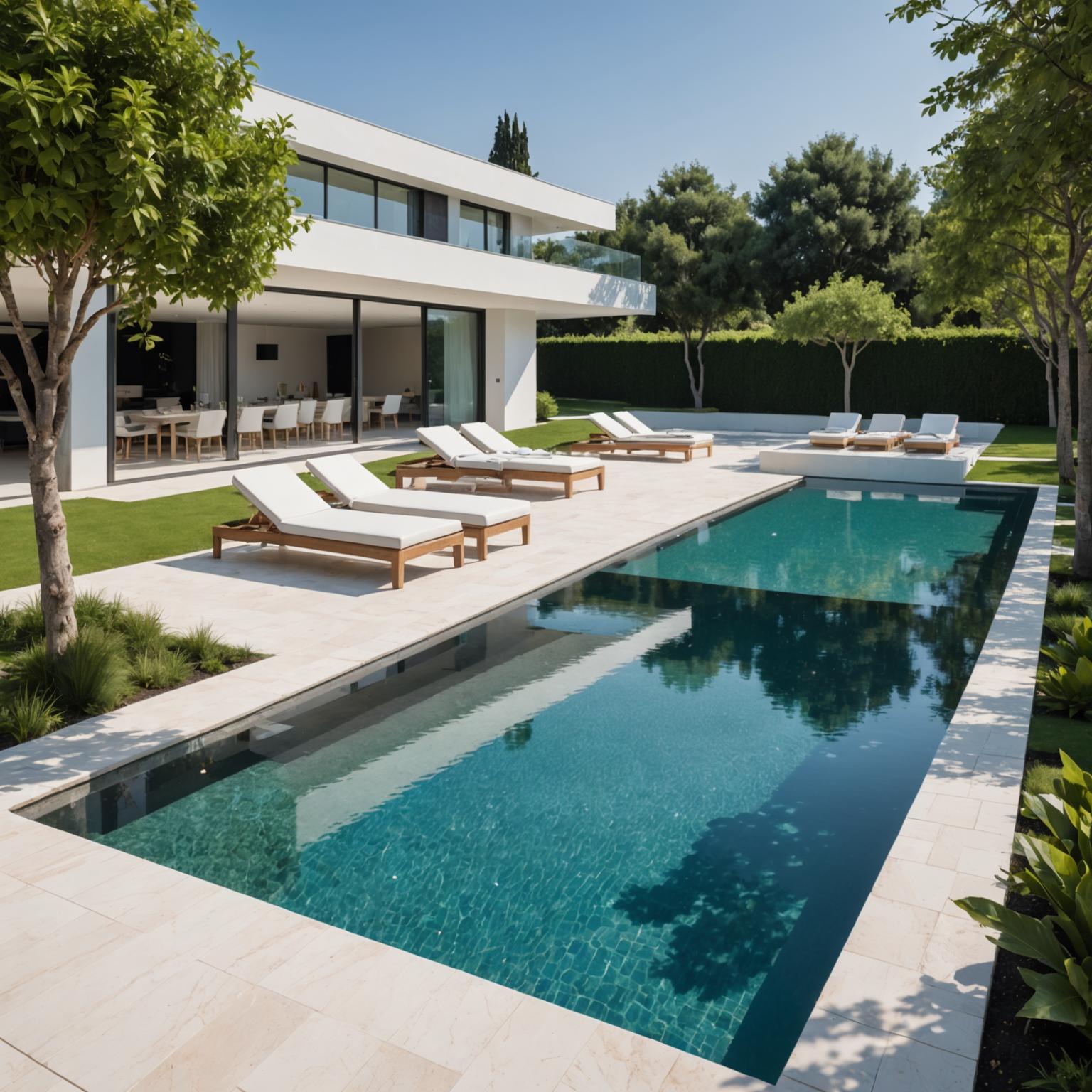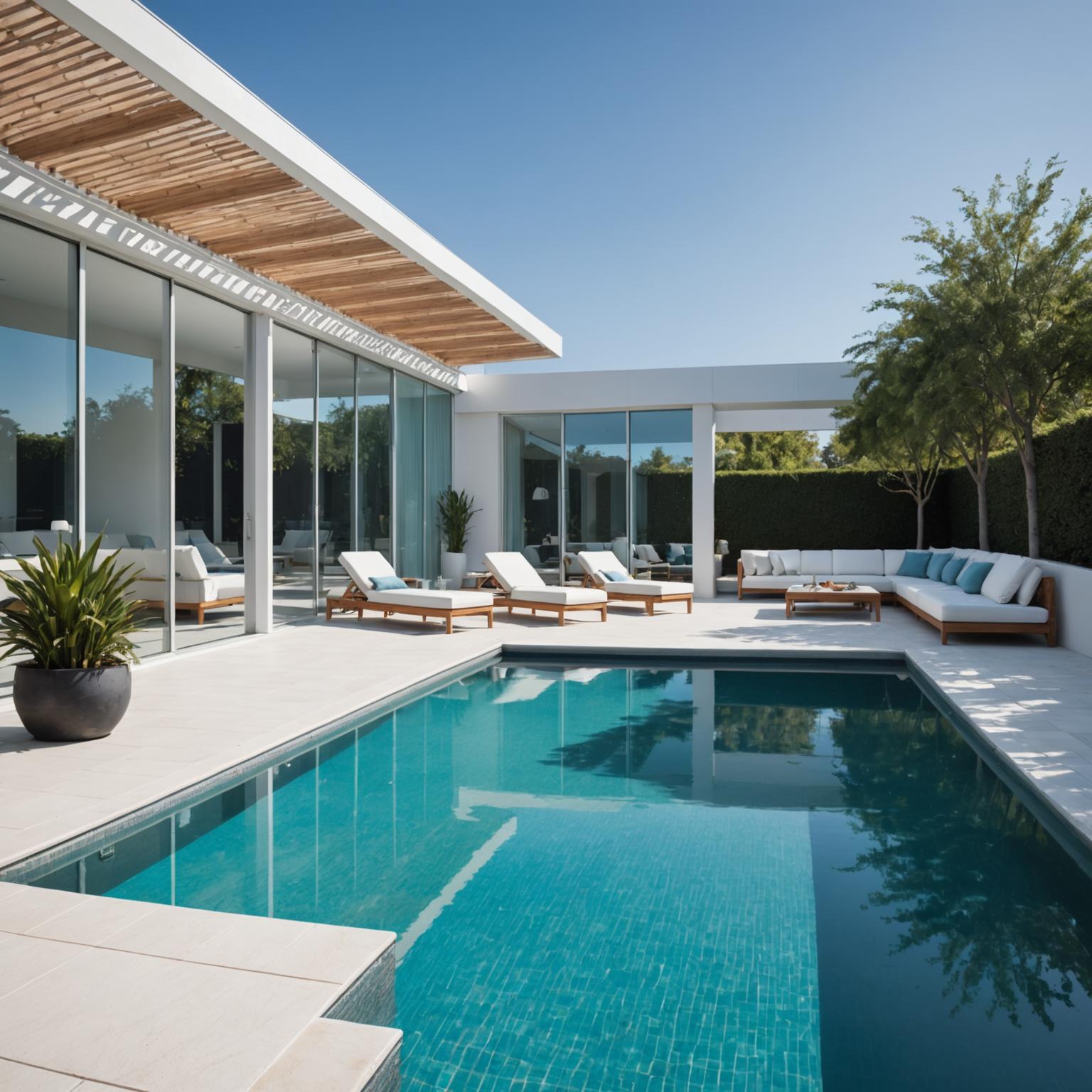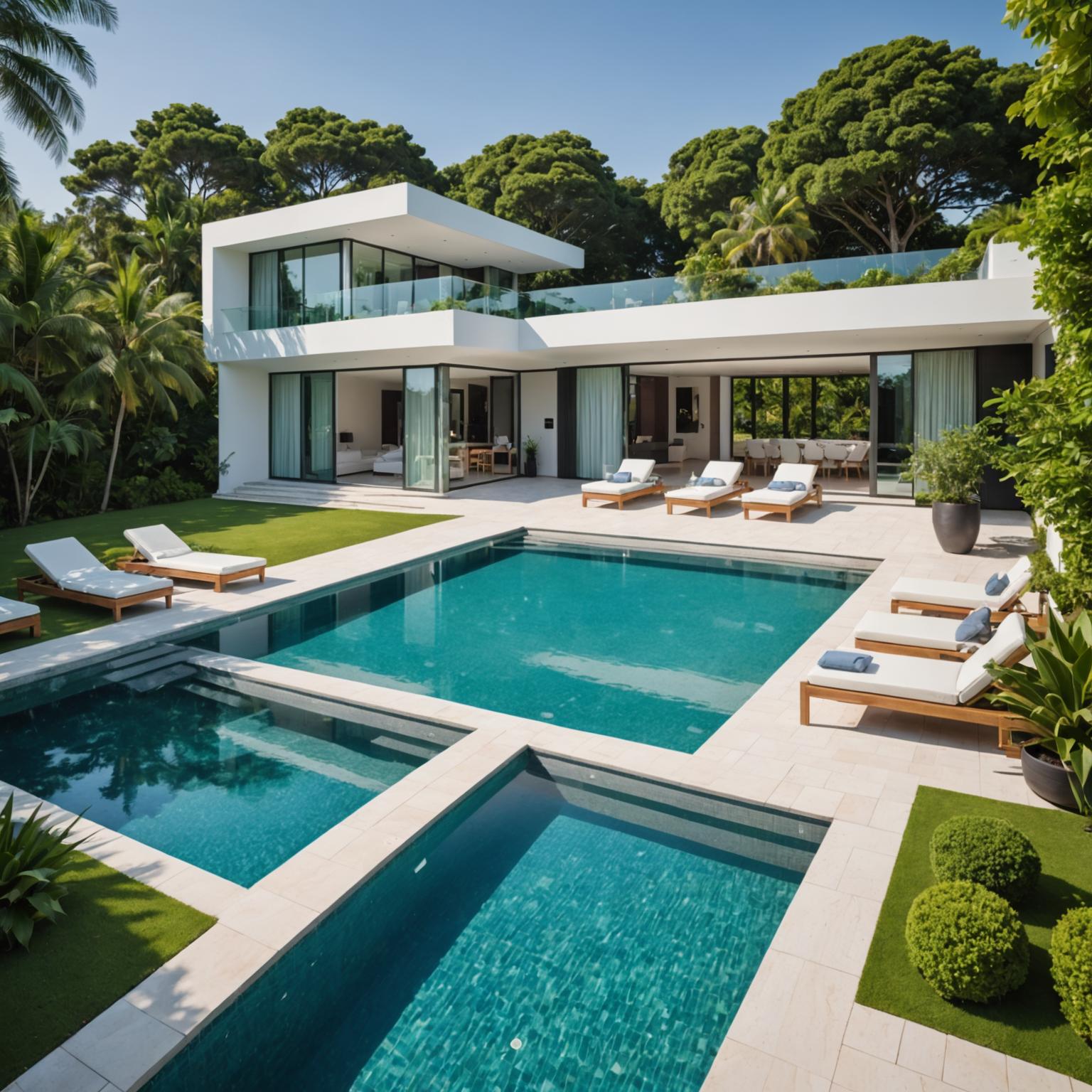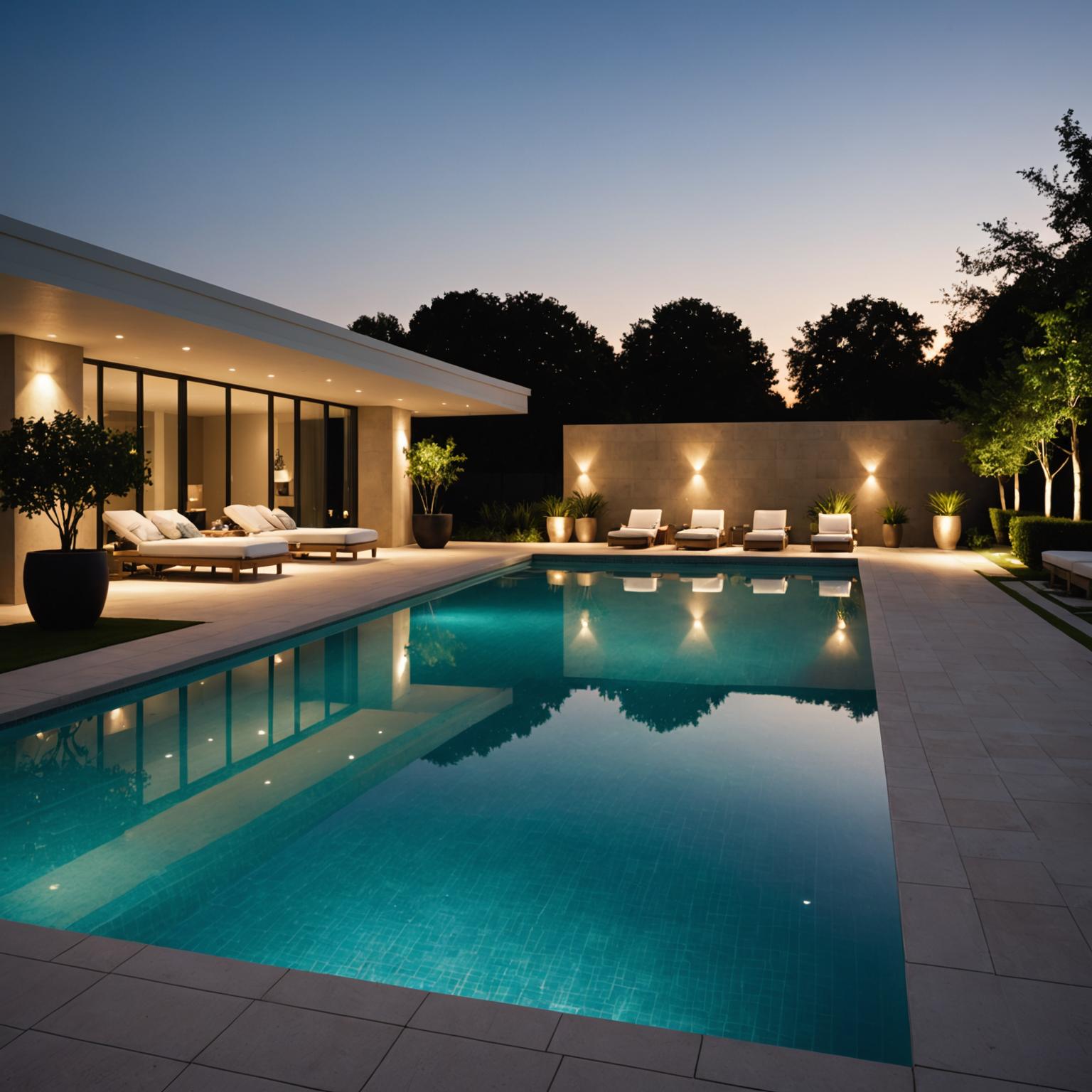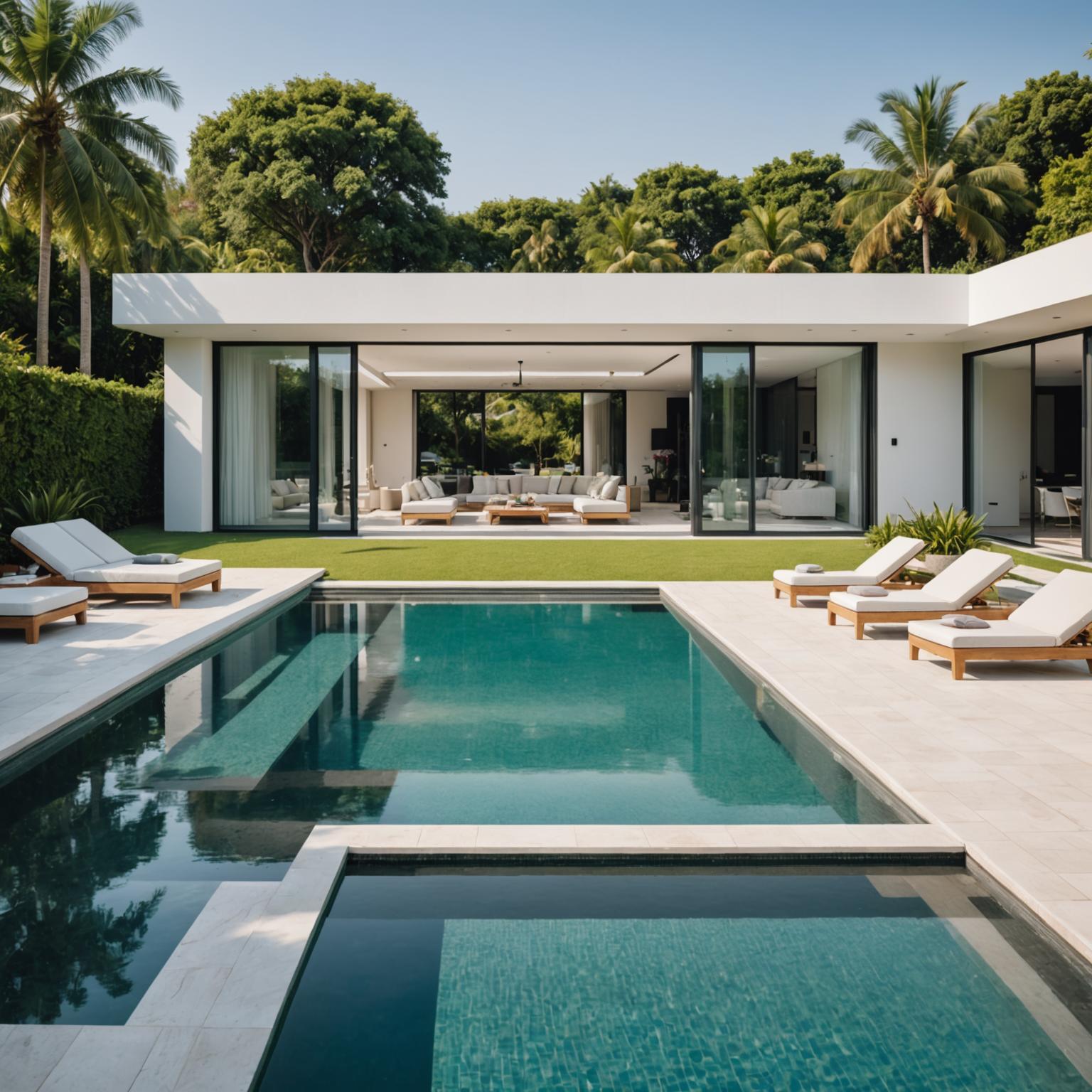
Engineering Consistency: How Pool Maintenance Equipment Exporters Deliver Global Reliability
Global Challenges in Pool Equipment Supply
Behind the seamless operation of large aquatic centers, hotels, and public pools lies a complex network of suppliers and distributors. Yet, many facilities struggle with inconsistent component dimensions, incompatible fittings, and varied material grades across their equipment inventory.
The issue isn’t a lack of products—it’s a lack of engineering uniformity.
As global demand expands, pool maintenance equipment exporters must go beyond trading; they must engineer systems that perform consistently under different climates, regulations, and chemical environments. Inconsistent interfaces or material tolerances can increase leakage rates, shorten part lifespans, and drive maintenance costs far beyond budget expectations.
The export challenge, therefore, is not logistics—it is standardization.
Engineering the Foundation: Standardization Across Components
A professional exporter functions as both manufacturer and systems engineer. By integrating OEM design principles and modular compatibility, they ensure that every brush, hose, head, and fitting aligns within a predictable mechanical and hydraulic framework.
Core engineering principles include:
-
Dimensional Precision: Maintaining international coupling standards (1.5” / 2”) across product lines ensures interoperability between pumps, hoses, and vacuum systems.
-
Material Engineering: High-grade ABS and POM composites resist chlorine degradation and thermal expansion in varying climates.
-
Testing and Certification: Adhering to ASTM, CE, and ISO standards guarantees durability, load-bearing integrity, and water resistance suitable for international markets.
-
Batch Consistency: Tight control over resin formulation and mold calibration ensures identical strength and density across production runs.
True export readiness begins at the mold, not the port.
Such precision transforms a catalog of accessories into a fully interoperable maintenance ecosystem—predictable, scalable, and maintenance-friendly.
Local Manufacturing vs. Integrated Export Engineering
| Feature | Local Manufacturing | Integrated Export Systems |
|---|---|---|
| Standards | Regional variation | Global dimensional consistency |
| Material Quality | Inconsistent resin batches | Certified ABS/POM composites |
| Quality Control | Manual inspection | Automated mechanical testing |
| Maintenance Compatibility | Brand-limited | Cross-brand modularity |
| Export Documentation | Basic | Full OEM specification + compliance |
| Lifecycle Cost | Unpredictable | Controlled through standardization |
These engineered differences directly affect total ownership costs for importers and facility operators. Facilities using standardized export-grade equipment typically experience 30–40% lower maintenance downtime and improved inventory management.
Application Across Global Markets
Exporters must account for the varying mechanical and environmental demands of different regions.
-
Middle East: High-temperature and saline conditions require UV-stabilized and anti-corrosion components.
-
Europe: Strict energy and environmental regulations demand low-drag suction systems and recyclable materials.
-
Southeast Asia & Australia: High humidity and chlorine exposure necessitate mold-resistant seals and balanced buoyancy heads.
-
North America: Diverse pool designs—from community centers to private clubs—call for modular fittings compatible across multiple system brands.
By engineering for adaptability, exporters eliminate the need for regional redesign, ensuring consistent operation whether the pool is in Dubai, Paris, or Sydney.
Procurement Insights: How to Evaluate Export Reliability
Selecting an export partner in the pool maintenance sector is not simply about price—it’s about engineering predictability.
When evaluating suppliers, procurement teams should look for:
-
Interface Uniformity: Thread and seal standards aligned with ISO or ASTM.
-
Component Compatibility: Modular design enabling cross-product integration.
-
Chemical Resistance: Verified chlorine, salt, and acid resistance testing.
-
Lifecycle Assurance: Published service intervals and replacement timelines.
-
After-Sales Continuity: Availability of standardized OEM parts for at least 3–5 years post-shipment.
Reliable pool maintenance equipment depends not just on product quality, but on how well each exported system aligns with international mechanical logic.
Bonny’s Engineering Advantage in Export Manufacturing
As an OEM-integrated exporter, Bonny manages the entire product lifecycle—from mold design to packaging—under a unified quality framework.
Each export batch undergoes precision calibration, ensuring identical assembly fit, material performance, and hydraulic efficiency. By combining modular compatibility, global certification, and chemical endurance, Bonny’s pool maintenance systems have become a trusted standard for long-term facility operation and distribution networks worldwide.
To explore OEM export solutions or system-level customization, visit Bonny’s homepage or contact us here.


